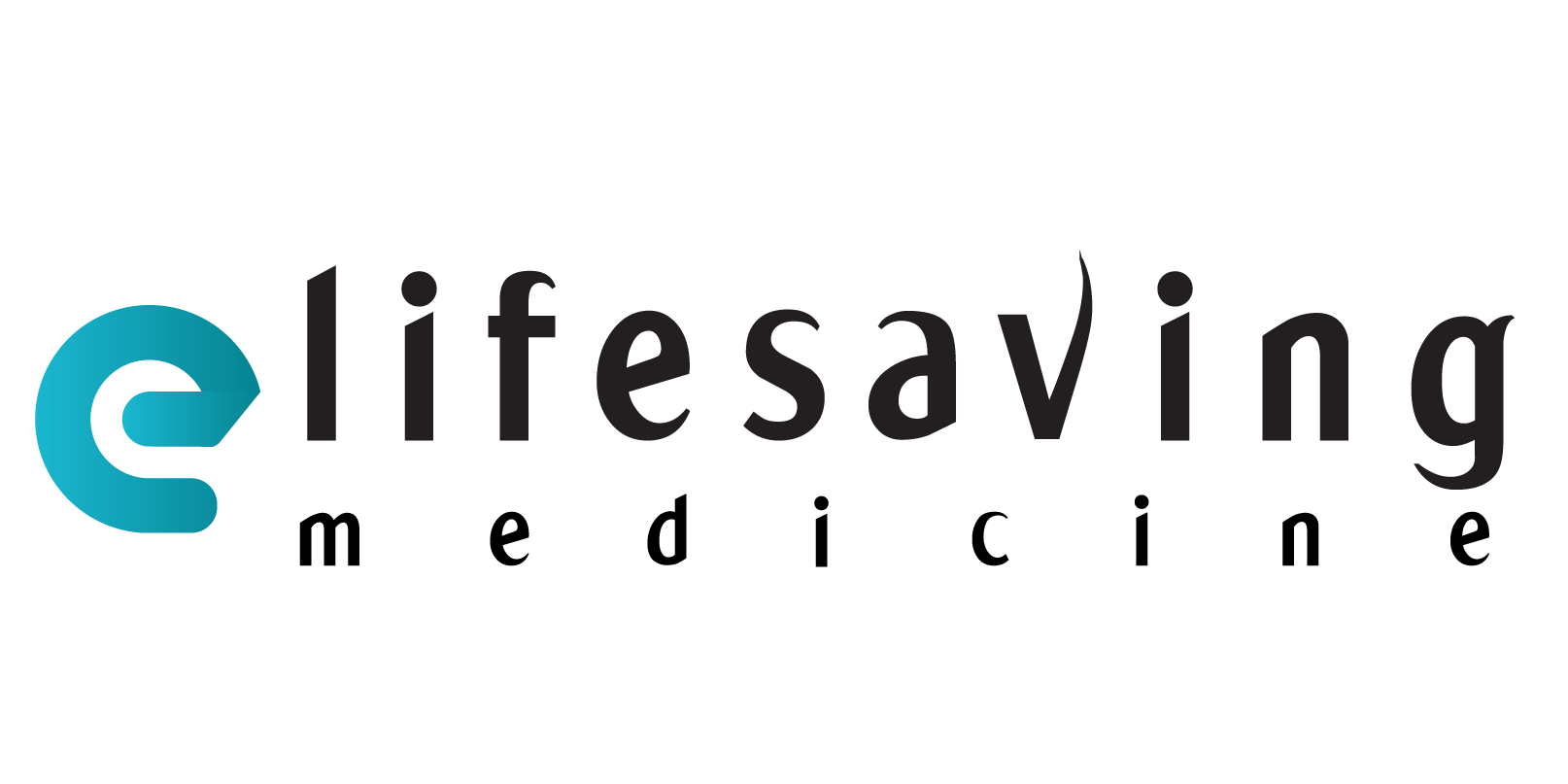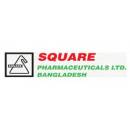Soft tissue sarcoma is a infrequent type of cancer that start in the tissues that connect, support and surround other body structures. This involve muscle, fat, blood vessels, nerves, tendons and the lining of your joints.
More than 50 subtypes of soft tissue sarcoma exist. Some types are more likely to affect children, while others affect mostly adults. These tumors can be difficult to diagnose because they may be mistaken for many other types of growths.
Soft tissue sarcoma can occur anywhere in your body, but the most common types occur in the arms and legs, and in the abdomen. Surgical removal is the most common treatment, although radiation and chemotherapy also may be recommended — depending on the size, type, location and aggressiveness of the tumor.
Types
Angiosarcoma
Dermatofibrosarcoma protuberans
Epithelioid sarcoma
Gastrointestinal stromal tumor (GIST)
Kaposi’s sarcoma
Leiomyosarcoma
Liposarcoma
Malignant peripheral nerve sheath tumors
Myxofibrosarcoma
Rhabdomyosarcoma
Solitary fibrous tumor
Synovial sarcoma
Undifferentiated pleomorphic sarcoma
Causes
In most cases, it’s not clear what causes soft tissue sarcoma.
In general, cancer occurs when cells spread errors (mutations) in their DNA. The errors make cells grow and partition out of control. The accumulating abnormal cells form a tumor that can grow to invade nearby structures and the abnormal cells can spread to other parts of the body.
The type of cell that spread the genetic mutation determines what type of soft tissue sarcoma you have. For example, angiosarcoma start in the lining of blood vessels, while liposarcoma arises from fat cells. Some types of soft tissue sarcoma include:Angiosarcoma
Dermatofibrosarcoma protuberans
Epithelioid sarcoma
Gastrointestinal stromal tumor (GIST)
Kaposi’s sarcoma
Leiomyosarcoma
Liposarcoma Malignant peripheral nerve sheath tumor
Myxofibrosarcoma
Rhabdomyosarcoma
Solitary fibrous tumor
Synovial sarcoma
Undifferentiated (pleomorphic sarcoma)
Symptoms
A soft tissue sarcoma may not cause any signs and symptoms in its early stages. As the tumor grows, it may cause:
A noticeable lump or swelling
Pain, if a tumor presses on nerves or muscles
When to see a doctor
Make an appointment with your doctor if you have:
A lump that is increasing in size or becomes painful
A lump of any size that’s located deep within a muscle
Recurrence of a lump that’s been removed
Risk factors
Factors that may increase your risk of sarcoma include:
Inherited syndromes. A risk of soft tissue sarcoma can be inherited from your parents. Genetic syndromes that increase your risk include hereditary retinoblastoma, Li-Fraumeni syndrome, familial adenomatous polyposis, neurofibromatosis, tuberous sclerosis and Werner syndrome.
Chemical exposure. Being exposed to certain chemicals, such as herbicides, arsenic and dioxin, may increase the risk of soft tissue sarcomas.
Radiation exposure. Previous radiation treatment for other cancers can increase the risk of soft tissue sarcomas.
Treatment
Your treatment options for soft tissue sarcoma will depend on the size, type and location of your tumor.
Surgery
Surgery is a common treatment for soft tissue sarcoma. Surgery generally involves removing the cancer and some healthy tissue surrounding it.
When soft tissue sarcoma affects the arms and legs, radiation and chemotherapy may be considered to shrink the tumor to avoid amputation.
Radiation therapy
Radiation therapy involves treating cancer with high-powered beams of energy. Options include:
Before surgery. Radiation before surgery can help shrink the tumor so that it’s easier to remove.
During surgery. Intraoperative radiation allows a higher dose of radiation to be delivered directly to the target area, while sparing surrounding tissues.
After surgery. Postoperative radiation can help kill any remaining cancer cells.
Chemotherapy
Chemotherapy is a drug treatment that uses chemicals to kill cancer cells. Chemotherapy can be administered by pill or through a vein (intravenously). Some forms of soft tissue sarcoma respond better to chemotherapy than do others. For instance, chemotherapy is often used to treat rhabdomyosarcoma.
Targeted drug treatment
Some types of soft tissue sarcoma have specific characteristics in their cells that can be attacked via targeted drug treatments. These medicines work better than chemotherapy and aren’t nearly as toxic. Targeted treatments have been particularly helpful in gastrointestinal stromal tumors (GISTs).
The list of some Soft Tissue Sarcoma medicine:















